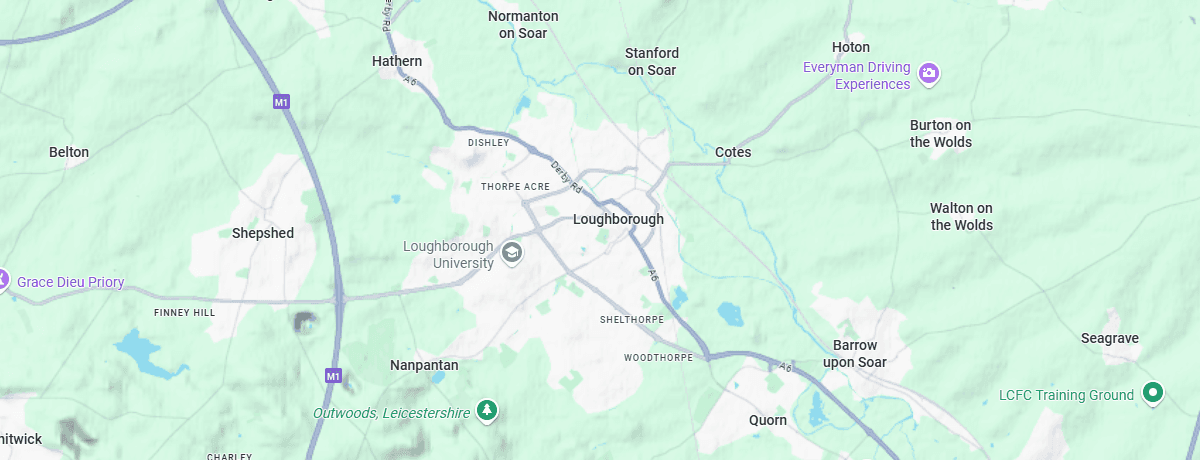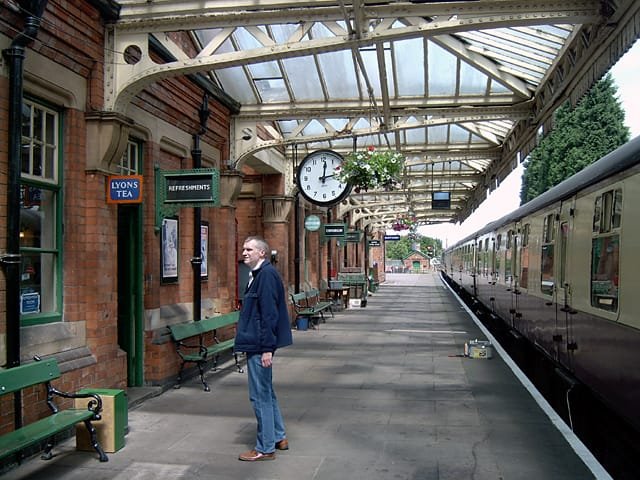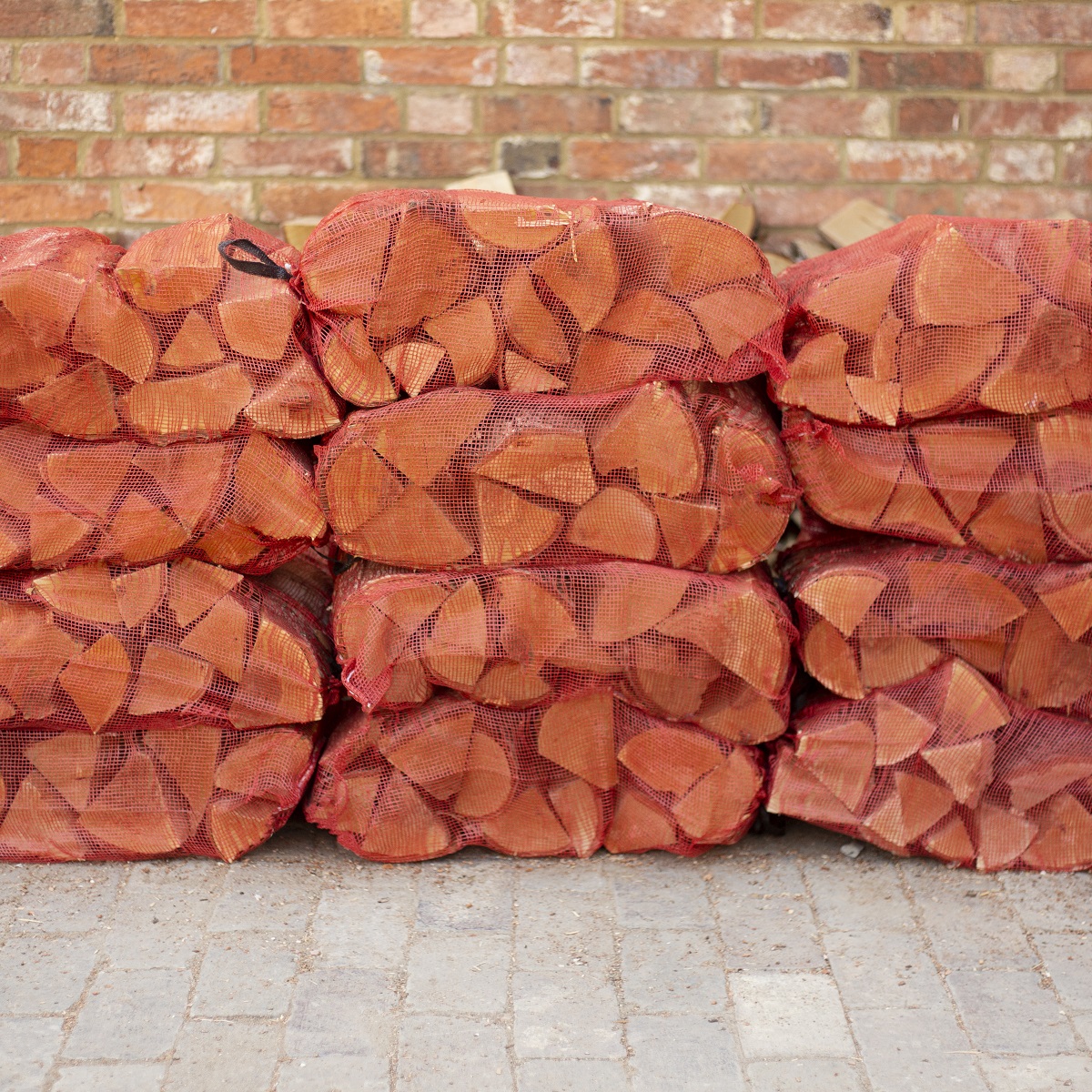Logs and Firewood Loughborough
Loughborough Logs
Free delivery to Loughborough
and surrounding areas.
- Kiln-dried logs
- Free delivery
- Free stacking service
- Local team delivering to Loughborough


Loughborough Logs
Free delivery to Loughborough and surrounding areas.
- Kiln-dried logs
- Free delivery
- Free stacking service
- Local team delivering to Loughborough

At Nene Valley Firewood, we supply top-quality kiln-dried logs with free delivery and stacking across Loughborough and surrounding villages. Whether you’re in town or tucked away in the Oxfordshire countryside, our local team delivers straight to your door—fast, friendly, and five-star rated. Keep your home warm with sustainably sourced wood, dried and ready to burn.
Best Selling Logs And Firewood In Loughborough
Kiln Dried Hardwood Logs – Bulk Bag
£145 Incl. VAT
Top-quality firewood logs with a long burn and great heat efficiency.
Kiln Dried Hardwood Logs 1, 2 or 3 loose m³
£210/M3 Incl. VAT (WITH FREE STACKING)
Buy Kiln-dried hardwood logs by the cubic metre for economy and value. Logs will be stacked for free in an outside location.
Kiln Dried Hardwood Logs 12, 30 or 60 nets
£110 – £450 Incl. VAT
Choose from 12, 30 or 60 nets for economy firewood. Always below 18% moisture content.
Free Firewood Delivery Beyond Loughborough
We also offer free delivery to all of the local areas around Loughborough including Shepstead, Walton on the Wolds, East Leake, Old Dalby and Asfordby. Whether you live near Loughborough University, along the River Soar, or in a countryside village, we’ll bring your logs right to your door.

Why choose us for your logs in Loughborough?

You might’ve seen our delivery vans near Queen’s Park, Loughborough Market, or out on the A6. Whether you’re in a Victorian terrace near the town centre or a rural farmhouse on the outskirts, we’re here to keep your firewood topped up all year round.
Send us a picture of one of our vans in Loughborough and we’ll add some free firelighters to your next order!
Fun Facts…. Loughborough’s Historic Connection to Wood and Fire

Loughborough has a long and vivid history intertwined with wood and fire, much more than just chimneys and cosy hearths. Here’s a deeper look:
Town Built of Timber: Early Blaze Risk
From the mid 1500s to the 1660s, Loughborough was largely constructed of timber and thatched roofs, making it highly flammable. The town endured multiple serious fires, including a catastrophic one on 5 October 1666, which destroyed nearly 200 houses when a spark from a malt kiln spread rapidly across thatched buildings.
Contemporary observers described Loughborough as almost entirely destroyed by “this merciless element”.
Early Fire-Fighting Efforts
In 1592, the parish record notes a donation of 11 leather buckets for fire protection, showing early organised attempts to combat blaze.
After the devastation of 1666–67, the town constructed its own home-made fire engine, though it wasn’t until 1887 that Loughborough acquired a steam-powered fire engine, following a major factory fire.
A formal fire station was established in 1866 on Ashby Road and later expanded in 1936 on Bridge Street.
Fire and Industry: From Kilns to Bellfoundry
Early fires often started in industrial settings, such as malt kilns, the very one that sparked the 1666 inferno.
In 1892, a blaze struck the prestigious John Taylor Bell Foundry, a key local employer and renowned worldwide bell manufacturer. A minor fire incident occurred as recently as 2025 in its roof stove.
Wood, Stoves & Modern Revival
As the town evolved, wood-burning stoves and multi-fuel fireplaces became central for both warmth and ambience. Local businesses like Charnwood Fireplaces continue this tradition, offering wood, gas, and electric stoves from trusted UK brands. Firewood suppliers like Wirksworth Logs cater to Loughborough homes with sustainably sourced, kiln-dried hardwood, enabling high-efficiency fires for wood burners and stoves.
Summary: A Fiery Heritage
Loughborough’s industrial origins, from malt kilns to quarries, foundries, and timber structures, shaped both its prosperity and its vulnerability to fire. Through community action and technological advancement, the town evolved from frequent wrecking blazes to modern, controlled wood-burning culture.






